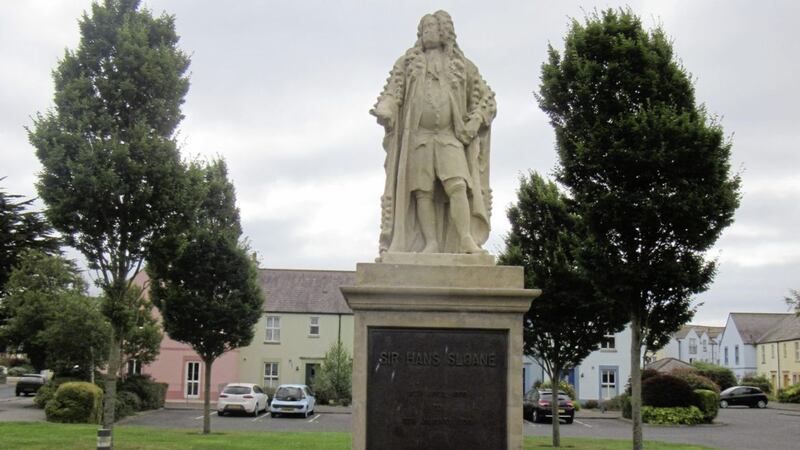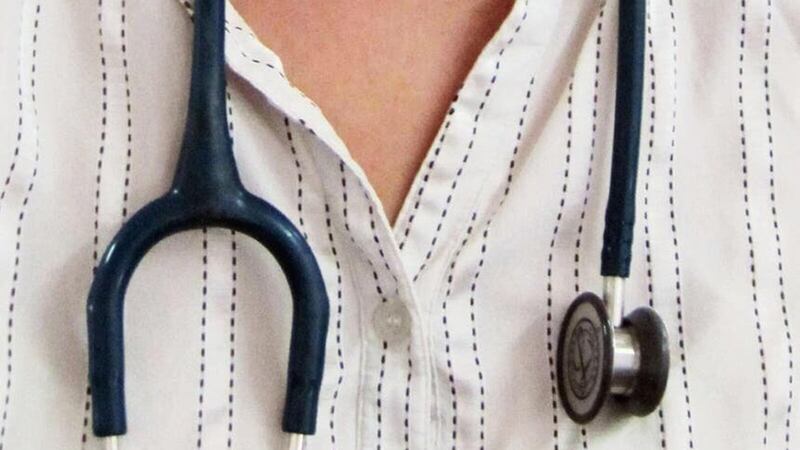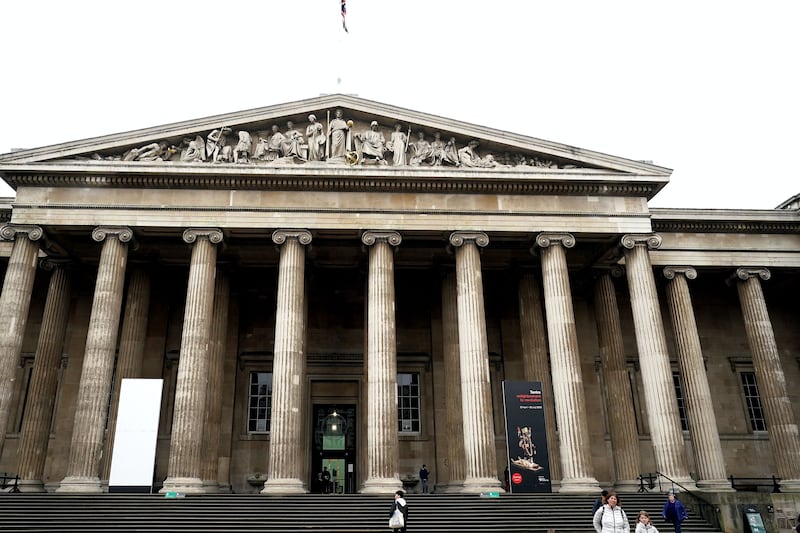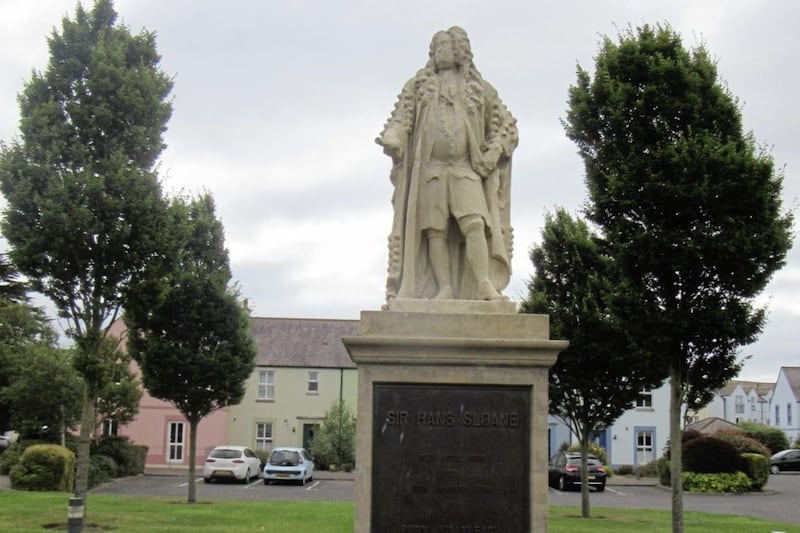THE bust of a Co Down `slave owner' has been removed from its pedestal at the British Museum - which was founded with his original collection of artefacts.
Sir Hans Sloane, whose statute still stands in a square named after him in his hometown of Killyleagh, funded his vast hoard using profits from his wife's family's Jamaican sugar plantation.
Between 1687 and 1689, while physician to the governor of Jamaica - a centre for slave plantations - he expanded his collection of natural history and human cultural artefacts.
Among them were objects associated with the slave trade, including anatomical items linked to skin colour and `new' racial theories.
His marriage to wealthy sugar heiress Elizabeth Langley Rose in 1695 saw the Royal Society member partly finance his collection with her money, but he also had financial investments in the Royal African and South Sea Companies, both of which traded slaves.
Sloane's will allowed his entire collection to be bought by the state for a £20,000 payment to his heirs and a 1753 Act of Parliament was the foundation of the British Museum.
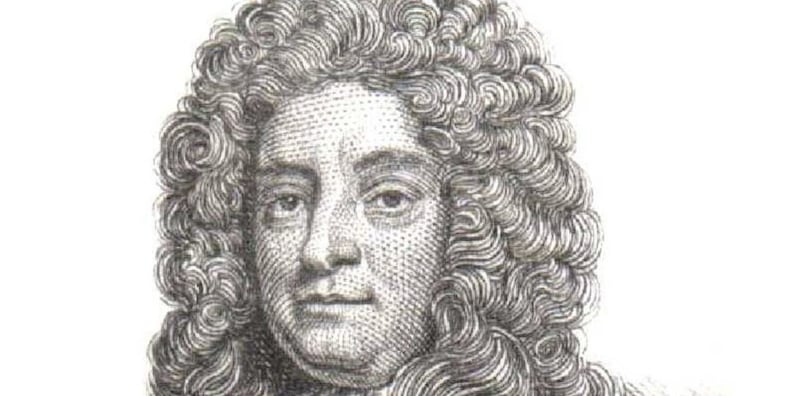
His bust has been moved to a secure cabinet alongside artefacts that explain his work in the "exploitative context of the British Empire" and his legacy as a "collector/slave owner".
Curators said it is "part of a wider process of acknowledging the museum's links to slavery", but added the Black Lives Matter movement had "been a catalyst".
The decision was authorised by museum director Hartwig Fischer who told The Daily Telegraph: "We have pushed him off the pedestal. We must not hide anything."
Artefacts, including those taken by Captain James Cook on his voyages, will be given new labels explaining how they were acquired by the museum through "colonial conquest and military looting".
"The case dedicated to Hans Sloane and his relationship to slavery is a very important step in this," Mr Fischer said, adding while before "nobody looked at him", Sloane is now "in the limelight".
Display curator Neal Spencer told the paper: "Black Lives Matter provides a certain level of urgency".
"We want to be upfront about Sloane's collection being at the root of the British Museum. And we want to put it in a wider context, which is obviously a very difficult context."
